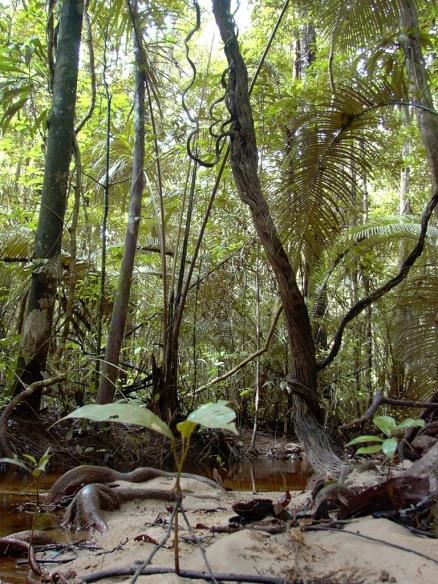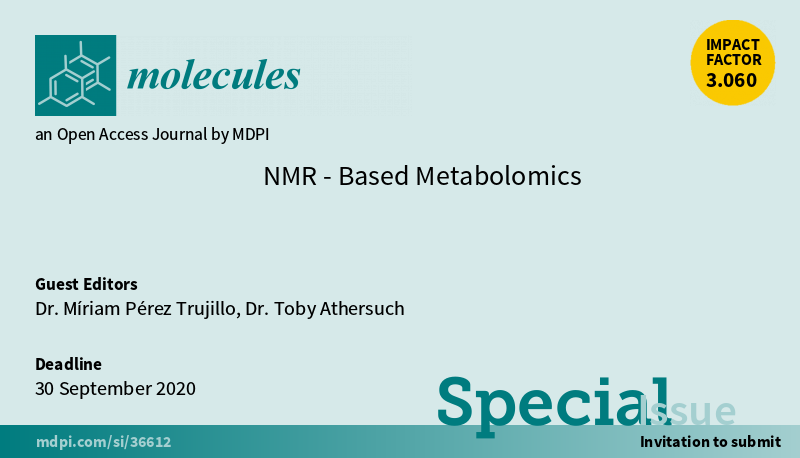
by David Fernández‐Verdejo, Mira LK Sulonen, Míriam Pérez‐Trujillo, Ernest Marco‐Urrea, Albert Guisasola, Paqui Blánquez, J. Chem. Technol. Biotechnol. 2020. https://doi.org/10.1002/jctb.6542
Dibromomethane (DBM) and 1,2‐dibromoethane (DBA) are two brominated volatile contaminants used in several industrial applications which are often detected in groundwater. The electrochemical degradation of DBM and DBA was studied at different cathode potentials (−0.8, −1 and −1.2 V versus Standard Hydrogen Electrode) in aqueous solution using an inexpensive graphite fiber brush electrode.
The degradation followed first‐order kinetics with respect to the nominal concentration of the brominated compounds, and the kinetic constant increased concomitantly with the decrease of the cathode potential. During the electrochemical dehalogenation 96.8% and 99.8% of the bromide in DBM and DBA was released as bromine ions, respectively. The main non‐brominated compounds detected during the degradation of DBM and DBA were methane and ethene, respectively. In addition, traces of formic acid for DBM and acetic acid for DBA degradation were detected by NMR spectroscopy. The non‐toxicity of the effluent was confirmed by a Microtox test. The efficient electrochemical degradation of DBM and DBA and the lack of toxic products open the door for a simple and non‐toxic electrochemical approach for removing aliphatic brominated compounds from aquifers and other water sources.

